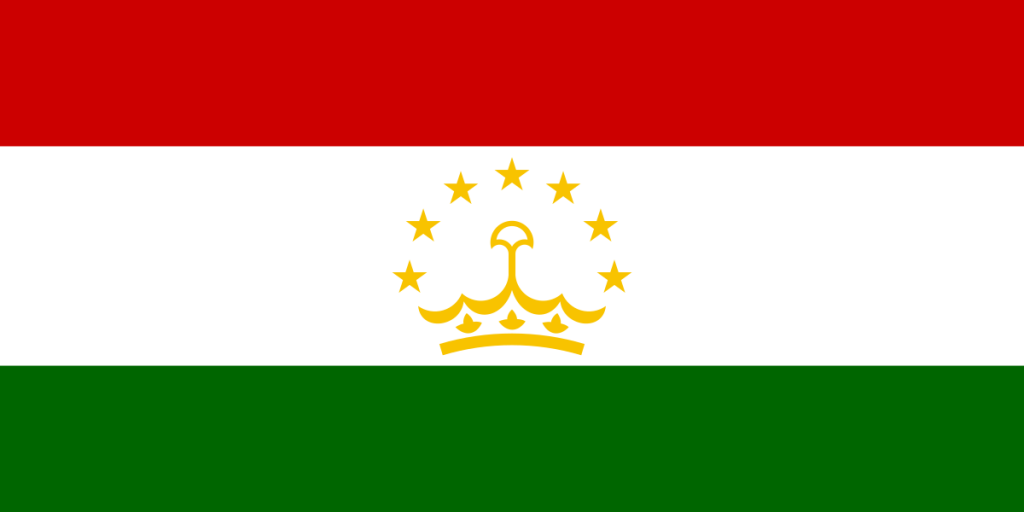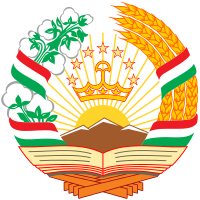Tajikistan
TOURS TO TAJIKISTAN
Tajikistan is picturesque country in Central Asia, its territory including the highest mountain systems in Central Asia, the Pamirs and Tien Shan, numerous mountain lakes, mountain villages detached from the civilisation, a dam which is the highest in the world, carpets of millions of irises, poppies and edelweiss flowers, crystal waterfalls and a number of historical and architectural monuments.
Tajikistan today
Today’s Tajikistan is popular among trekking lovers, who are eager to follow the numerous routes in the fabulously beautiful Fan Mountains and the highlands of the Pamirs and Tien Shan, mountaineers, who are attracted by high mountain peaks, among which are Ismail Somoni Peak (former Communism Peak, 7,495 m) and some others, jeep travellers, whose favourite road is the famous Pamir Highway, professional scientists and researchers, who study the ancient monuments and historical events, and ordinary people, who are interested in learning old legends in solitary settlements high in the mountains and who wish to visit places where the foot of man has never stepped.
At all times Tajikistan has been attractive as an important section of the Great Silk Route, the economic and cultural artery of theEast, while Sughd Province of modern-day Tajikistan was once a part of the famous Sogdiana, which is testified by the Sogdian language still spoken in some areas of the province.
General information on Tajikistan.
Location.
Situated in the southeast of Central Asia, Tajikistan is the most ‘elevated’ country of the region, mountains comprising 93 % of its area. More than half of Tajikistan’s territory lies at an elevation of more than 3,000 m above sea level. The highest point of Central Asia, Ismail Samani Peak (former Communism Peak, 7,495 m), is also situated in Tajikistan. So, there is no need to say that the nature of the country is not merely beautiful, but fabulously beautiful.
Population and area of Tajikistan
Area – 143,100 sq km.
Population – 8,000,000 people. The population density is 50 persons per square kilometre, it being spread more or less equally throughout the whole territory of the country.
Ethnic composition of Tajikistan
Representatives of over 80 ethnic groups populate Tajikistan, of which Tajik comprise 80 %, Uzbeks – 15.3 %, Russians – 1.1 % and Tartars – 0.3 %. Apart from Tajikistan, Tajik also live in Uzbekistan (about 4 %), northeastern Afghanistan (over 3.5 million people), Kyrgyzstan (in regions next to the border with Tajikistan), southeastern Kazakhstan and the Iranian province of Khurasan.
Political structure
Tajikistan is ruled by the president, while the legislative functions are performed by a bicameral parliament, Majlisi Oli. Both the president and the members of the parliament are elected for a five-year term. The country features a multiparty system.
Administrative and territorial division
The territory of Tajikistan is divided into 3 provinces (viloyat), which include 17 towns, 62 districts, 55 villages and 368 rural communities (jamoat). Thirteen of the districts are administered directly by the state’s government.
The capital of the country, Dushanbe, and the 8 districts surrounding it form an individual administrative unit. The population of Dushanbe is 764 thousand people (2013).
Official language
Tajik is an official language spoken almost everywhere throughout the country. However, Tajik often use Russian words in their speech, which is caused by the large number of dialects (over 50) differing strongly from one another. Thus, Russian is both an international language and a means of communication within Tajikistan.
The Tajik language belongs to the southwestern group of Iranian languages and includes a number of words that came from Russian, Arab and Uzbek. However, their portion is insignificant and Tajik easily communicate with people speaking the literary Persian language.
Somoni is the monetary unit of Tajikistan, an only legal means of payment in the country. The Tajik monetary unit was named so in honour of Ismail Samani, the founder of the first Tajik state.
Religions
Most of the people of Tajikistan are Muslims, with 85 % professing the Sunni branch of Islam and 5 % its Shiah branch. The other 10 % comprise orthodox Christians, 5 communities of Baptists, 2 Roman Catholic parishes, a community of Seventh-Day Adventists, a community of Jehovah’s Witnesses, a community of Lutherans, 2 communities of South Korean church Sung Min, 4 communities of Bahais, one Zoroastrian community and one Judaist community.
Time zone
Standard time zone: UTC/GMT +5 hours. No change to winter time takes place.
Electric power
The hotels may have both the contemporary European-type sockets with wide holes and ground connection and the old Soviet-type sockets. Current with a voltage of 220 V and a frequency of 50 Hz is used throughout.
Climate in Tajikistan
The climate of Tajikistan is highly diverse: subtropical in low valleys, moderately warm at middle altitudes and cold in high mountains.
Most of precipitation occurs in winter and spring, while in summer and autumn rains are a rare phenomenon. From October to May severe snowstorms happen in the mountains, with the air temperature dropping to -45°C, which makes climbing almost impossible, while the flat areas feature sandstorms from June to October. These strong winds may last for a week or longer, which must be taken into account when organising a trip into those regions. Strong winds also occur in the winter period, when 2 degrees below zero are felt 10 degrees.
Summer actually begins in May and is rather hot, although due to the character of the country’s relief only low valleys feature high temperatures.
The best time to visit Tajikistan is spring and autumn, although summer is an optimal season for climbing and hiking. In mountain valleys average temperature does not fall below -5°C in winter and does not rise above +38°C in summer.


